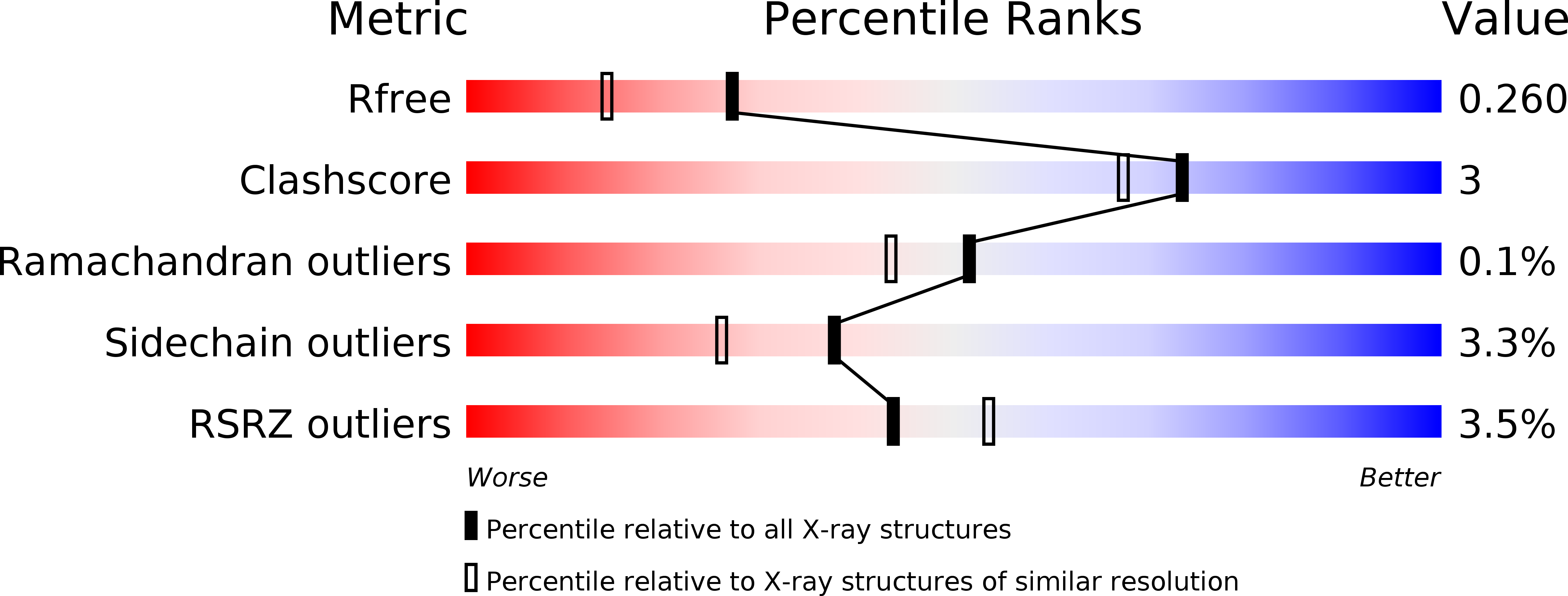
Deposition Date
2017-01-05
Release Date
2017-07-05
Last Version Date
2024-01-17
Entry Detail
PDB ID:
5MSS
Keywords:
Title:
Structure of the A-PCP didomain of carboxylic acid reductase (CAR) from Segniliparus rugosus in complex with AMP
Biological Source:
Source Organism:
Segniliparus rugosus ATCC BAA-974 (Taxon ID: 679197)
Host Organism:
Method Details:
Experimental Method:
Resolution:
1.96 Å
R-Value Free:
0.25
R-Value Work:
0.20
R-Value Observed:
0.20
Space Group:
C 2 2 21


